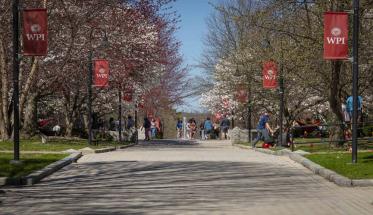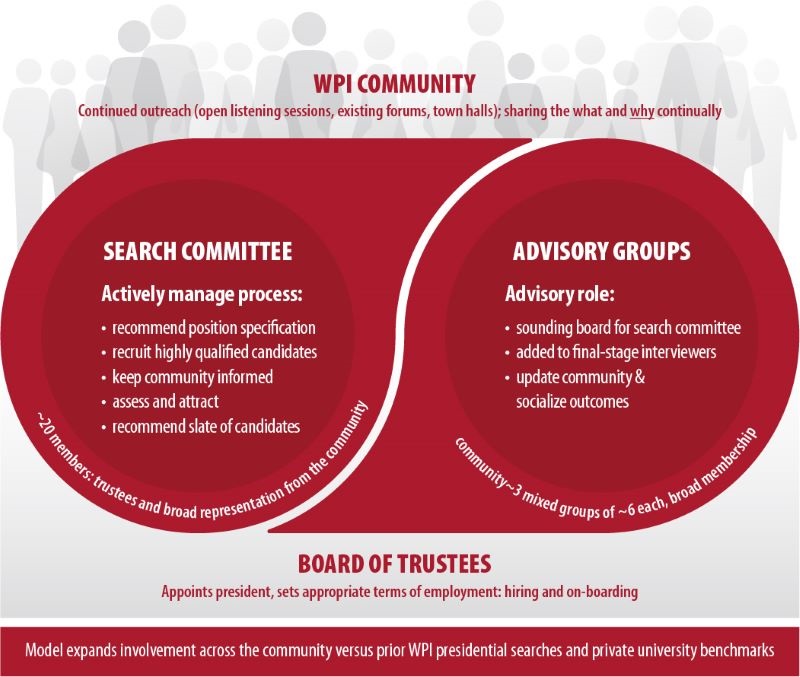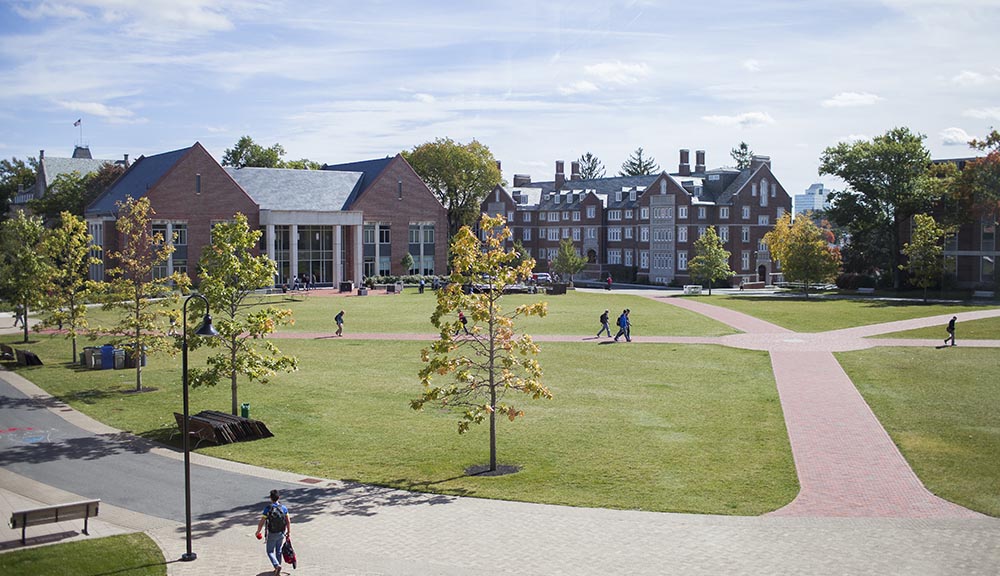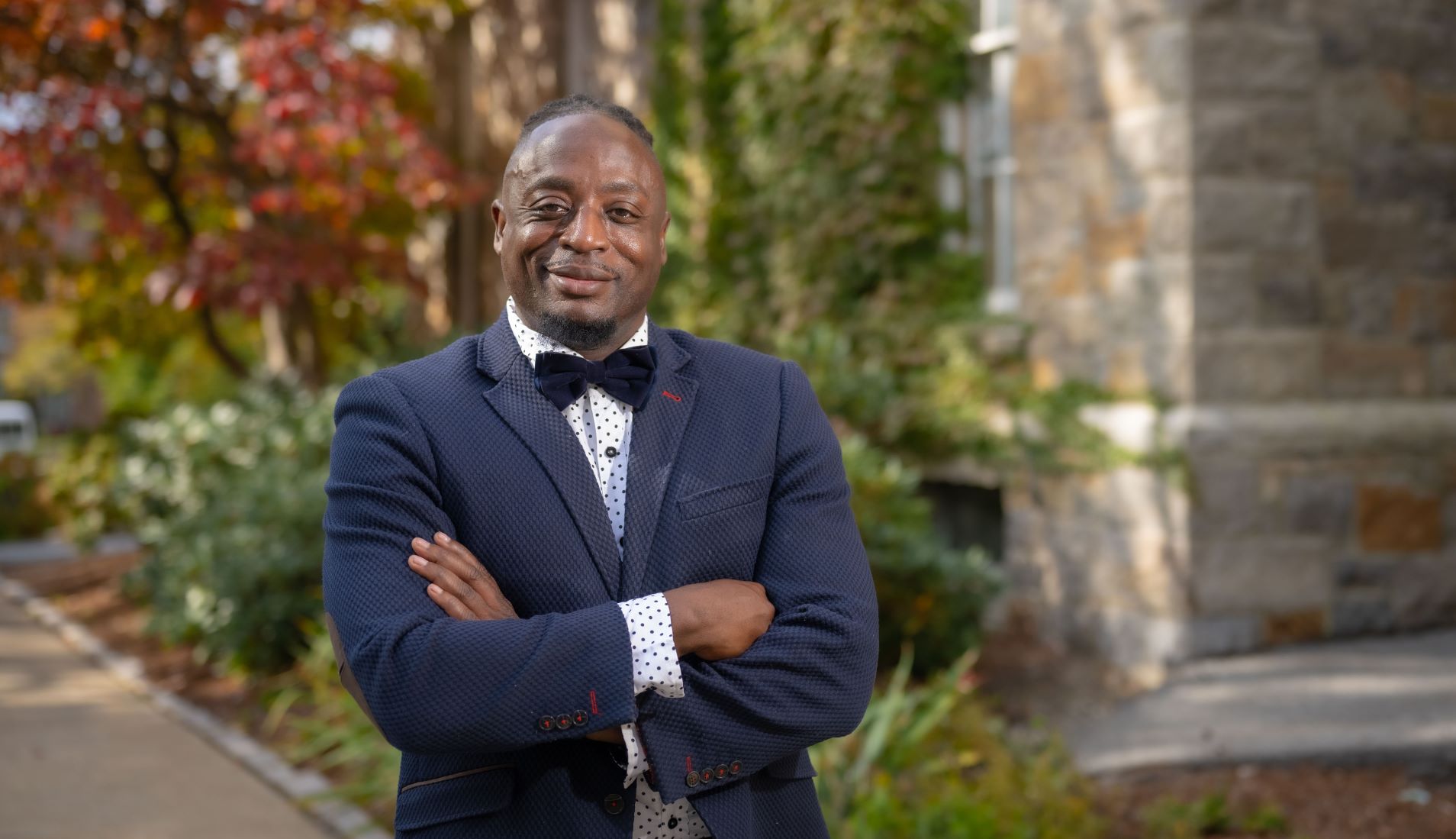The search will be actively managed by a committee of about 20 members from across the WPI community. The committee will be diverse in terms of background and demographics. Members’ experience and perspective will include teaching, research, management of an academic enterprise, budget and employee management, fundraising, and external community relations. The key tasks of the search committee will include developing position specifications, recruiting highly qualified candidates, and recommending a slate of final candidates to the Board of Trustees.
Advisory groups from across campus—diverse in backgrounds and demographics—will offer guidance to the search committee and provide an opportunity for more members of the community to interview candidates in the final phases of the search. This has the added advantage of providing prospective candidates with an opportunity to interact with a wider cross-section of the WPI community.
Throughout the process, the WPI community will continue to be informed and engaged—including at the finalist stage, when community members will have the opportunity to submit questions that will be posed to the finalists. The range of responses will be shared for community reaction.
The WPI Board of Trustees will fulfill its institutional responsibility to choose a president informed by the recommendations from the search committee and perspectives from the broad and diverse group of individuals engaged throughout the search process.
The “Why” of the Presidential Search Model
Clearly there is no single perfect search process—and there were certainly divergent process paths advocated in early community input, best practice, and expert advice. The key was finding the “right” structure and action plan for WPI—this balanced approach was composed of the aspects above. To elaborate:
- The number of participants on the search committee and advisory groups is at the upper end of higher education benchmarks and significantly higher than prior WPI presidential searches. The decision to have more members of the community actively participate in the search process is driven by a desire to achieve the diversity of background, demographics, experience, and perspective noted earlier. A somewhat larger search committee, supplemented by advisory groups ensures that a broad range of diverse voices—voices representative of the WPI community—are included in the process and in the deliberations. The benefit will be engagement by more faculty, staff, students, and alumni providing a means to view prospective candidates through multiple lenses, and an opportunity for prospective candidates to have broader insights into this presidential opportunity. This will ensure an informed decision on a final slate of candidates to be recommended to the Board.
- To attract a large, diverse and highly qualified candidate pool, the search will be confidential—as is increasingly the norm at peer institutions. However, the search model aims to create a more inclusive process with having a significant number of individuals from across the WPI community involved through the search committee and advisory groups.
- Availing ourselves of expertise and guidance from a leading search firm will help WPI navigate the increasingly dynamic landscape of presidential talent. WittKieffer has been selected as the university’s search partner. The firm brings a demonstrated track record in leadership searches for STEM institutions and higher education broadly as well as strength in diversity and inclusion.
Up Next: Meet the members of the presidential search committee



